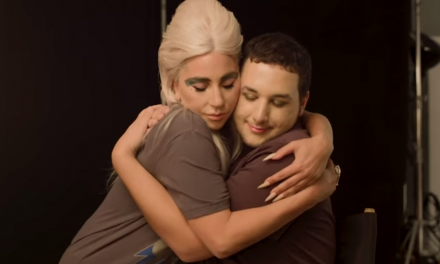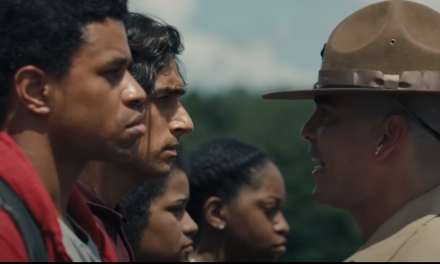(Photo Credits: Screengrab from Netflix’s Official YouTube Account)
No one is more famous in the 20th century than Andy Warhol.
But I don’t think you’ll ever figure Warhol out, and I hope no one ever does.
Netflix has an upcoming six-part series from Executive Producer Ryan Murphy called The Andy Warhol Diaries. Directed by Andrew Rossi, the miniseries follows the life of gay American artist, film director, and producer Andy Warhol. Warhol was openly gay, please bear in mind this was even before the gay liberation movement. He was the central figure in the visual art movement known as pop art, “a movement that emerged in the mid-20th century in which artists incorporated commonplace objects—comic strips, soup cans, newspapers, and more—into their work.”
Warhol’s famous pop paintings included artworks of Coca-Cola bottles, vacuum cleaners, Campbell’s Soup Cans (1962), and hamburgers. In addition, he also painted portraits (described as “vivid and garish colors”) of celebrities the likes of Marilyn Monroe, Elizabeth Taylor, Mick Jagger and Mao Zedong. His other famous works included the Chelsea Girls (1966), Marilyn Diptych (1962), Elvis I & II (1963), among many others.
Today, he is best remembered as the Pope of Pop Art and though his legacy is everywhere from art, music, film, to fashion, he remained an enigma to many.
Netflix’s synopsis of The Andy Warhol Diaries reads:
This breathtakingly expansive, six-part portrait of a legend chronicles the remarkable life of Andy Warhol from the intimate vantage point offered by the artist’s own posthumously published diaries. Beginning with his childhood in Pittsburgh, the series traces Warhol’s almost unbelievably diverse journey fluidly moving between mediums and through eras as an artist —both revered and reviled — director, publisher, TV producer, scene maker, celebrity, and much more.
While he was a larger-than-life figure, Warhol was intensely private regarding his personal life. This series truly reveals much about the very complex man through his own words — often in his own voice through the use of cutting-edge AI techniques— and those who worked, created, and played alongside him from the subversive to the mainstream, from John Waters to Rob Lowe.
Happy viewing!










“While he was a larger-than-life figure, Warhol was intensely private regarding his personal life”
And he should be respected and left there.
“While he was a larger-than-life figure, Warhol was intensely private regarding his personal life.” Personally, that’s where I will respect him and leave him. Otherwise it’s like breaking into the pyramids in Egypt.
Admittedly, I don’t know much at all about him. I bought the movie by Oliver Stone, starring Val Kilmer, about “The-Doors.” I just love classic rock, even more these days, because of my nostalgic state of mind/phase of having become 61yrs old. Anyway, though, I don’t know if he really said, “I don’t have anything to say to God” I guess that just made me wonder about him, other than that, yeah, his art: fashion/style iconic for that anyway. Absolutely loved his use of bright, strong, brilliant, bold sense of/love of color. I just loved his eye/recognition, his muse, Grace… Read more »